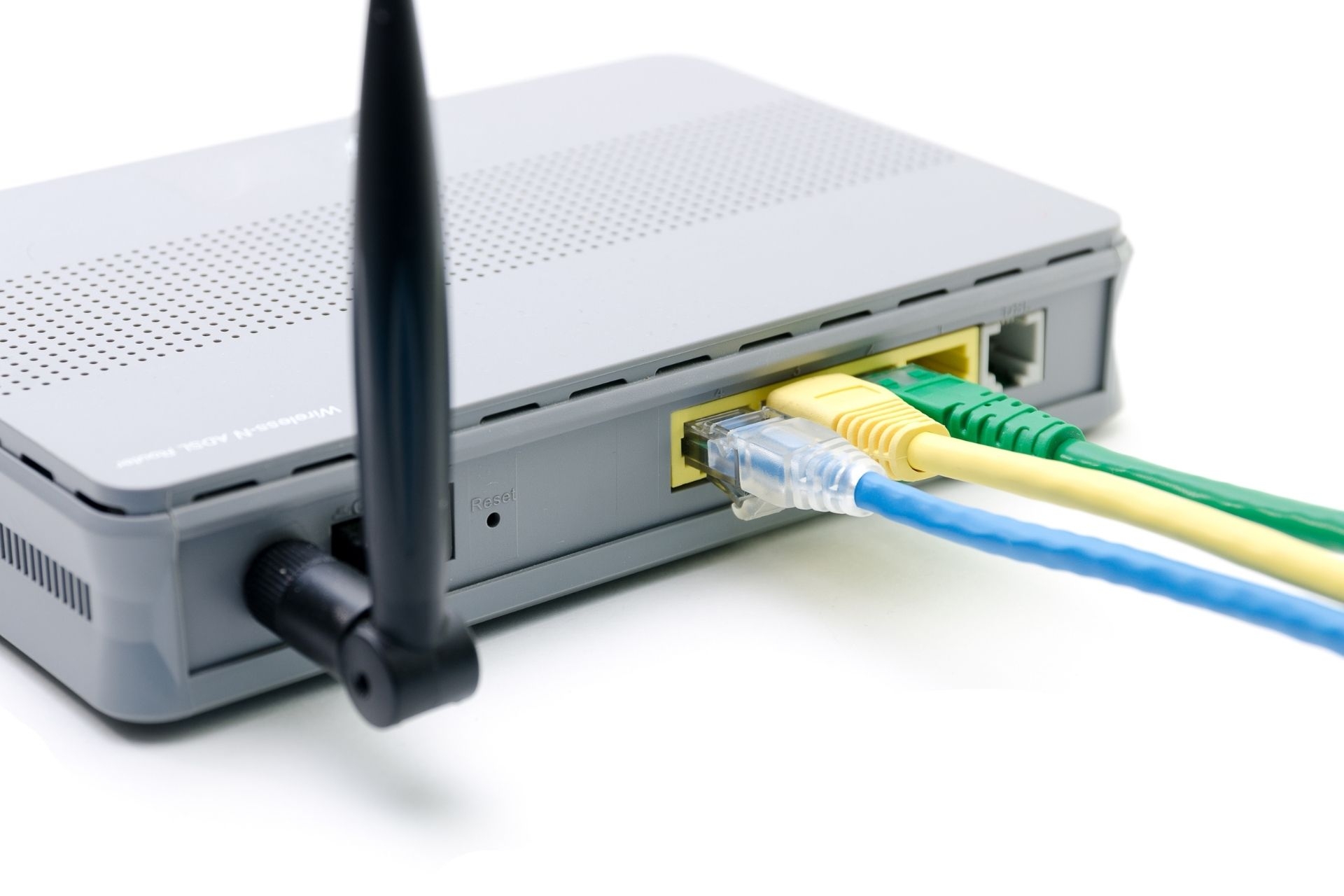When selecting routers for high-capacity internet exchanges, key considerations include throughput capacity, scalability, redundancy, security features, and support for advanced routing protocols. It is important to choose routers that can handle the high volume of traffic typical in internet exchanges, with features such as high-speed interfaces, large forwarding tables, and deep packet buffering. Scalability is also crucial, as the network may need to grow rapidly to accommodate increasing demand. Redundancy is essential to ensure high availability, with features such as hot-swappable components and support for link aggregation and failover. Security features such as access control lists, firewalls, and intrusion detection systems are necessary to protect the network from cyber threats. Additionally, support for advanced routing protocols like BGP is important for efficient routing of traffic between different networks. Overall, selecting routers that meet these criteria is essential for ensuring the smooth operation of high-capacity internet exchanges.



